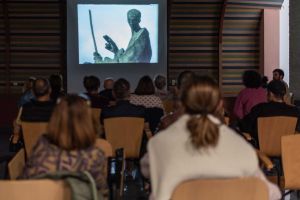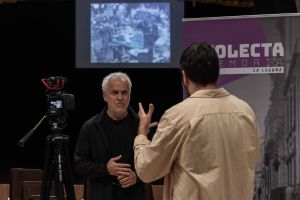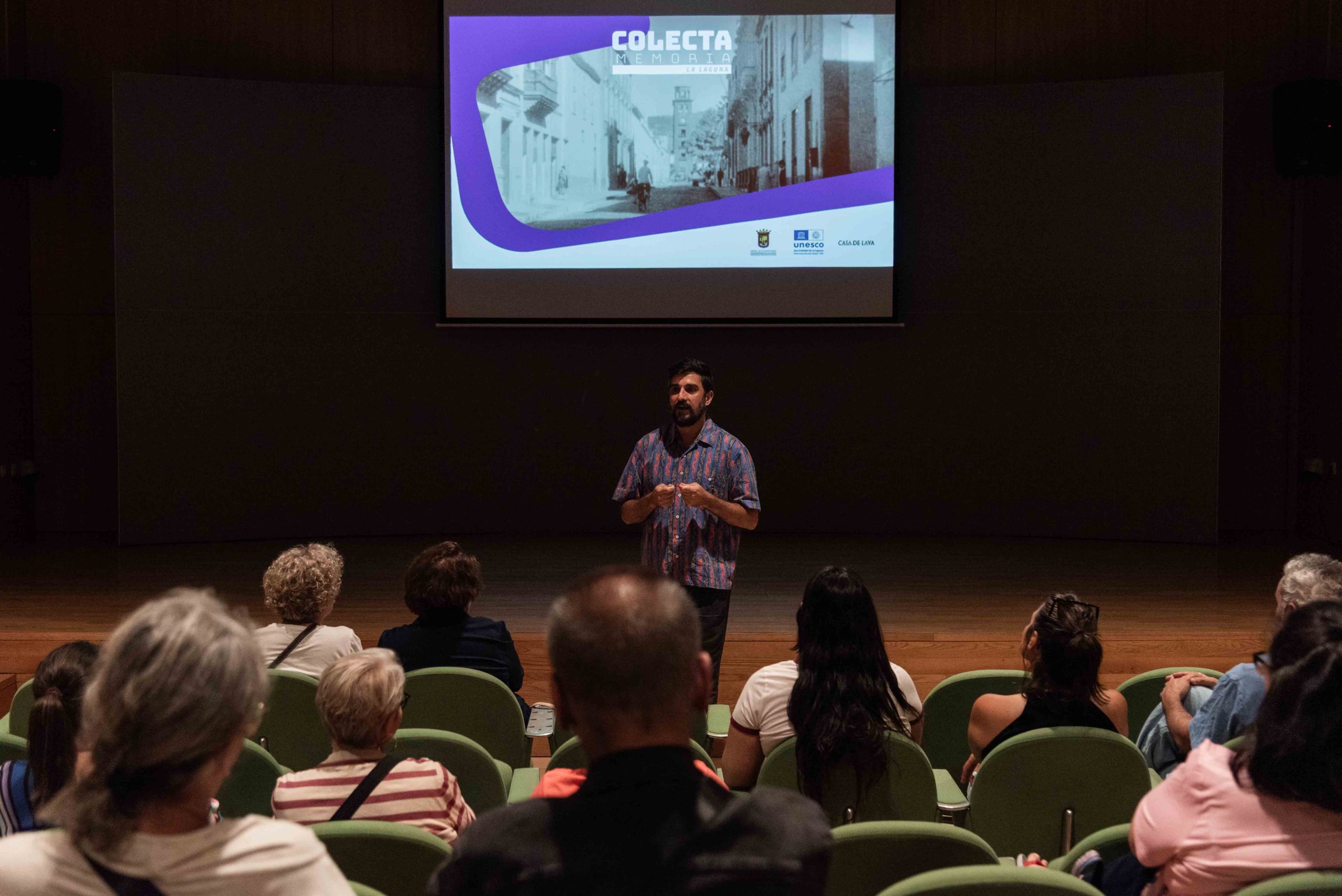
The Colecta Memoria project, promoted by the Department of Cultural Heritage of the City Council of La Laguna, with the collaboration of the Municipal Area of Citizen Participation, is putting the focus on one of the lesser known cultural heritage of a municipality that boasts the only World Heritage City in the Canary Islands and more than 60 Assets of Cultural Interest. In its first phase, it has visited 7 citizen centres to share with neighbours a film repertoire that shows the evolution of the town since 1926, an initiative with a high level of participation and which has allowed access to new historical and amateur material that has not been digitised.
All these resources will be presented to the public, together with the material analysed and collected by the management team over the months, on the occasion of Heritage Night, the great annual event of the Group of World Heritage Cities of Spain, to be held on 13 September. Moreover, in an exercise in which the 130th anniversary of the birth of cinema and the 25th anniversary of the inclusion of La Laguna in this UNESCO list coincide, reinforcing ‘an initiative that will contribute significantly to the conservation and dissemination of a legacy that documents our history since the early twentieth century’.
This is explained by the Councillor for Cultural Heritage, Adolfo Cordobés, who emphasises that these sessions with the population have meant a new step forward, by allowing access to private funds. ‘Recovering amateur film material is an essential task to preserve and disseminate our audiovisual heritage, resources that allow current and future generations to learn about their cultural heritage, better understand their past and appreciate the evolution of their community over time,’ he points out.
The councillor recalls that ‘this type of material becomes a valuable educational and cultural resource, offering a unique and authentic vision of daily life, customs and historical events that have marked local identity, thus contributing to preserve the collective memory and reflecting moments that do not usually appear in official records’.
In this sense, the filmmaker and director of the project, Dailo Barco, explains that the project has achieved one of its main objectives, “to activate interest in the preservation of the local audiovisual archive. In addition, we have obtained the contacts of four people who conserve non-digitised domestic or amateur film material, which opens up new possibilities to continue recovering and preserving images from the past”.
 ‘The digitisation and preservation of these materials ensure that they are not lost due to physical deterioration and, by making them accessible to the public, a greater interest in and appreciation of audiovisual heritage is fostered, encouraging its protection and dissemination’, adds Barco, who highlights ‘the active participation of the people attending the two weeks of screenings, where they shared memories, comments and personal experiences related to the places and moments portrayed on screen’.
‘The digitisation and preservation of these materials ensure that they are not lost due to physical deterioration and, by making them accessible to the public, a greater interest in and appreciation of audiovisual heritage is fostered, encouraging its protection and dissemination’, adds Barco, who highlights ‘the active participation of the people attending the two weeks of screenings, where they shared memories, comments and personal experiences related to the places and moments portrayed on screen’.
In fact, these participatory actions were attended by people of all ages: young people, adults, the elderly and even families with babies, encouraging generational exchange and reinforcing the collective nature of memory. The images projected correspond to different dates between 1926 and 1976.
During the month of June, these sessions were shown in citizen centres in Tejina, Pérez Soto de El Cardonal, Bajamar, El Tranvía de La Cuesta, Valle de Guerra, Las Madres de Padre Anchieta and Las Mercedes. All this work, plus the fruits of months of research in public and private archives, will be captured in ‘Patrimonio en Movimiento’, the big event on September 13th in the ex-convent of Santo Domingo, which will include digitalised film screenings and a video documenting all this citizen participation.
This municipal initiative has the collaboration of UNESCO, Filmoteca Canaria and Casa de Lava. The Colecta Memoria team is made up of Dailo Barco, Racso Zehcnas and Virginia Navarro.
International recommendations
The project has taken into account the UNESCO Recommendations on audiovisual heritage, both the Recommendation for the Safeguarding and Preservation of Moving Images, which stresses the importance of protecting these documents as an expression of the cultural personality of peoples, and the Recommendation for the Preservation and Access to Documentary Heritage, which includes content in digital format.



